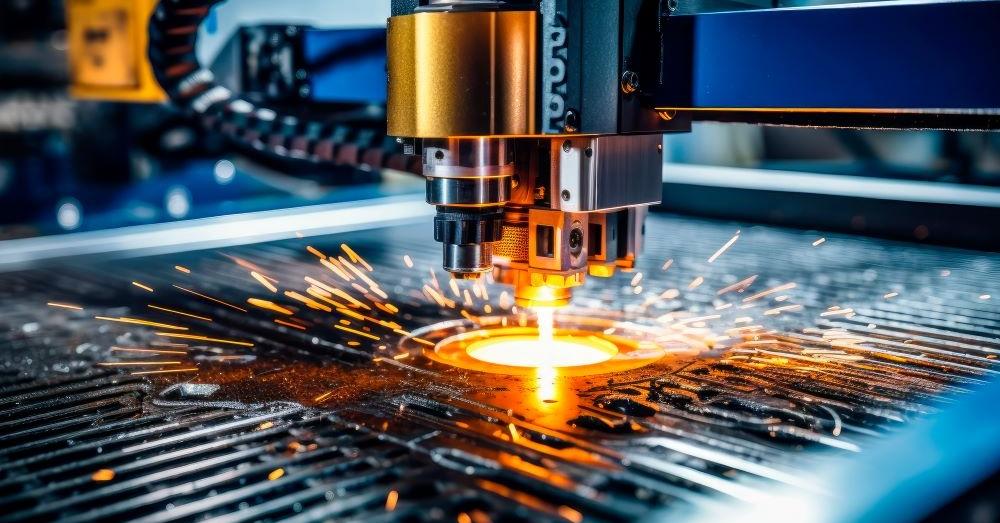In industrial settings, equipment downtime can be a significant hindrance to productivity and profitability. Machinery misalignment is one of the leading causes of downtime, leading to increased wear and tear, reduced efficiency, and costly repairs. However, advancements in technology, such as laser belt alignment tools, offer a reliable solution to this problem. In this article, we’ll explore the advantages of laser pulley alignment tools and how they can effectively minimize downtime in industrial operations.
Understanding the Importance of Precision Alignment
Proper alignment of pulleys and belts is critical for the smooth operation of machinery in various industries, including manufacturing, mining, and power generation. Misaligned pulleys can cause belts to wear prematurely, leading to frequent replacements and production disruptions. Additionally, misalignment can result in excessive vibration, noise, and heat generation, further exacerbating the risk of equipment failure.
Introducing Laser Belt Alignment Tools
Laser belt alignment tools have revolutionized the process of aligning pulleys and belts by providing precision and accuracy. These tools utilize laser technology to project a visible straight line onto the pulley faces, allowing operators to quickly and accurately assess alignment. By adjusting the position of the pulleys based on the laser’s reference line, maintenance teams can achieve optimal alignment with ease.
Advantages of Laser Pulley Alignment Tools
- Enhanced Accuracy: Laser belt alignment tools offer unparalleled accuracy compared to traditional alignment methods such as string or straight edge techniques. The laser projection provides a clear and precise reference point, enabling operators to achieve alignment within tight tolerances.
- Time Efficiency: Traditional alignment methods can be time-consuming and labor-intensive, requiring manual measurements and adjustments. In contrast, laser pulley alignment tools streamline the alignment process, reducing setup time and allowing maintenance teams to complete alignments quickly and efficiently.
- Reduced Downtime: By minimizing the time required for alignment tasks, laser belt alignment tools help reduce equipment downtime. With faster alignment procedures, machinery can be brought back online sooner, minimizing production interruptions and maximizing uptime.
- Preventive Maintenance: Laser alignment tools facilitate proactive maintenance practices by enabling regular monitoring and adjustment of pulley alignment. By identifying and correcting misalignments early, maintenance teams can prevent potential issues such as belt wear, bearing failure, and shaft damage.
- Cost Savings: The use of laser pulley alignment tools can result in significant cost savings for industrial operations. By reducing downtime, extending equipment lifespan, and minimizing repair costs associated with misalignment-related damage, organizations can achieve a tangible return on investment.
Implementing Laser Alignment Solutions
To leverage the benefits of laser pulley alignment tools effectively, organizations should prioritize training and education for maintenance personnel. Proper training ensures that operators understand how to use the tools correctly and interpret alignment data accurately. Additionally, incorporating laser alignment procedures into routine maintenance schedules helps maintain equipment reliability and performance over time.
Conclusion
In conclusion, a laser belt alignment tool offers a reliable and efficient solution for minimizing downtime caused by machinery misalignment in industrial environments. With enhanced accuracy, time efficiency, and cost savings, these advanced tools empower maintenance teams to optimize equipment performance and prolong asset lifespan. By investing in laser alignment technology and incorporating it into preventive maintenance practices, organizations can enhance operational efficiency, reduce downtime, and maximize productivity.
